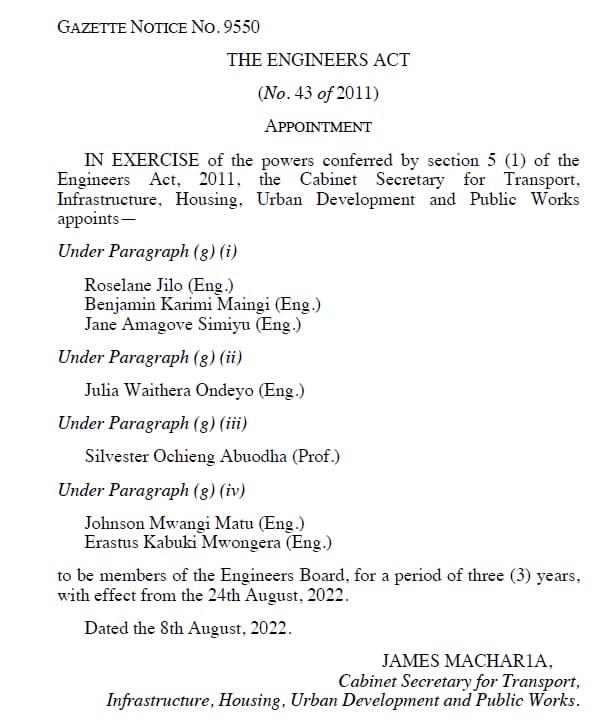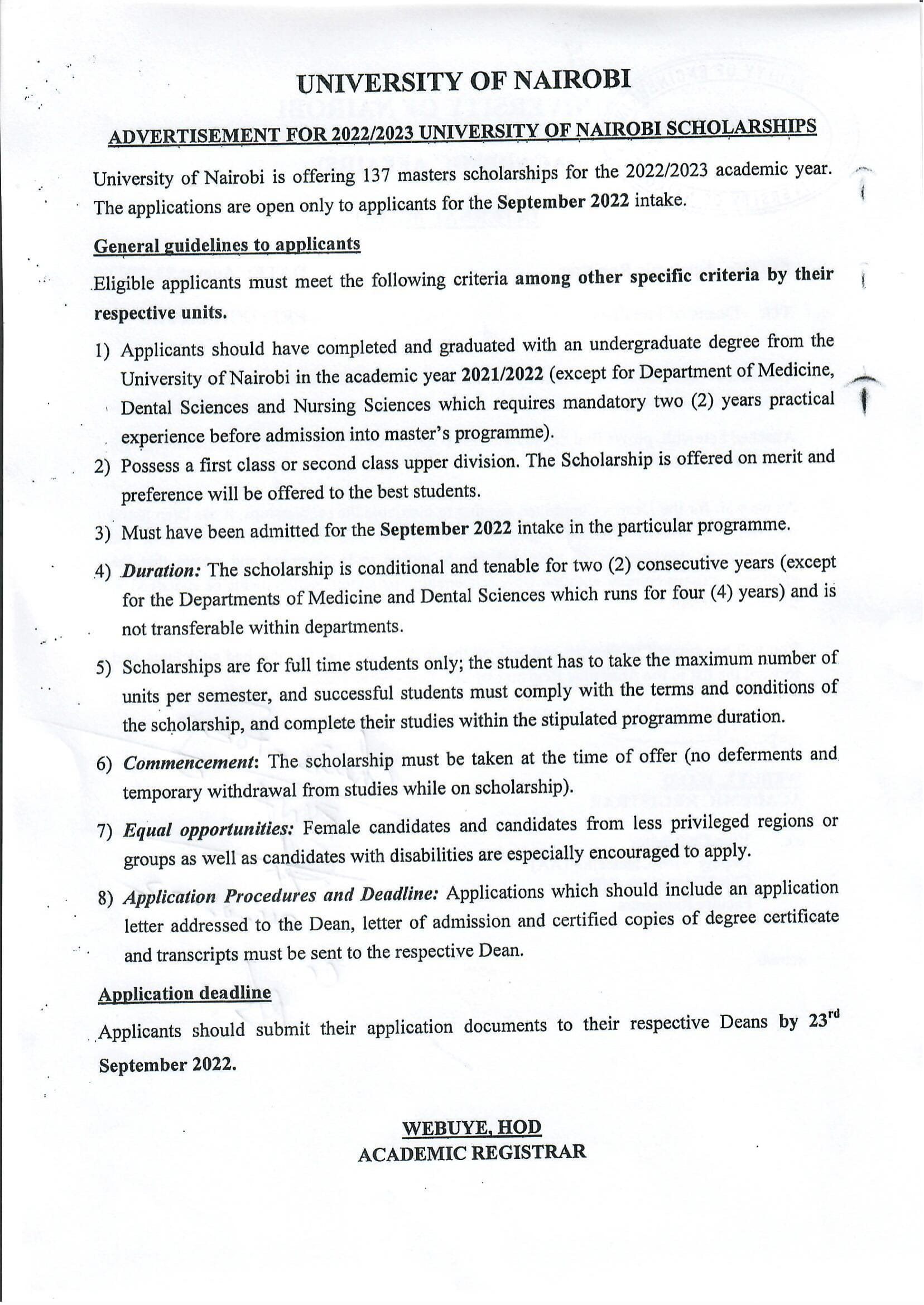Prof. Eng. Silvester Abuodha is appointed a member of the Engineers Board of Kenya
Prof. Eng. Silvester Abuodha appointed a member of the Engineers Board of Kenya.
Prof.Abuodha is a lecturer at the Department of Civil & Construction Engineering and is a consulting engineer with the Engineers Board of Kenya and a Fellow of the Institution of Engineers of Kenya. The appointment was made through a gazette notice.


